Comparing Quality, Cost, and Sustainability Leather shoes have been a popular choice for centuries due to their durability, comfort, and timeless appeal. However, the rise of faux leather alternatives has sparked a debate among consumers, as they offer a more affordable and seemingly sustainable option. In this article, we will delve into the key differences between faux leather and real leather shoes, focusing on the aspects of quality, cost, and sustainability. Quality: Real leather shoes are renowned for their high-quality craftsmanship and natural materials. The texture and suppleness of genuine leather create a luxurious feel that is often difficult to replicate. Additionally, real leather is more durable and generally ages well, developing a distinct patina over time that only adds to its appeal. These qualities make genuine leather shoes an investment that can last for many years with proper care. On the other hand, faux leather shoes are made from synthetic materials, typically polyurethane or PVC.
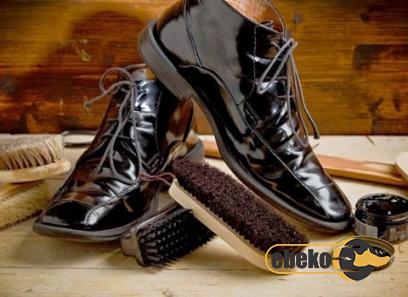
.
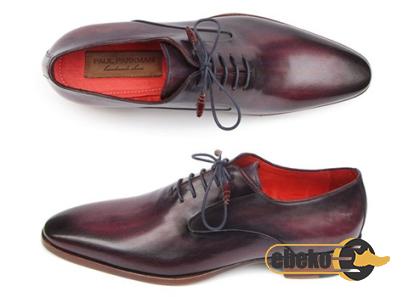 While technological advancements have improved their quality in recent years, faux leather shoes often lack the authentic look and feel of real leather. They tend to be stiffer and less breathable, which can lead to discomfort, especially during extended wear. Cost: One of the main advantages of faux leather shoes is their affordability. The synthetic materials used in their production are generally less expensive than real leather, which contributes to their lower price point. For budget-conscious consumers, this can make faux leather shoes an attractive option that still offers a fashionable look. Real leather shoes, on the other hand, tend to be more expensive due to the cost of sourcing and processing genuine hides. The high-quality craftsmanship involved in making leather shoes also contributes to their higher price tag.
While technological advancements have improved their quality in recent years, faux leather shoes often lack the authentic look and feel of real leather. They tend to be stiffer and less breathable, which can lead to discomfort, especially during extended wear. Cost: One of the main advantages of faux leather shoes is their affordability. The synthetic materials used in their production are generally less expensive than real leather, which contributes to their lower price point. For budget-conscious consumers, this can make faux leather shoes an attractive option that still offers a fashionable look. Real leather shoes, on the other hand, tend to be more expensive due to the cost of sourcing and processing genuine hides. The high-quality craftsmanship involved in making leather shoes also contributes to their higher price tag.
..
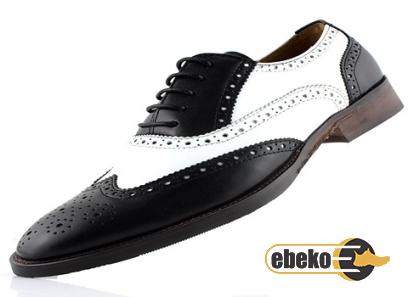 However, it is worth noting that genuine leather shoes can provide better value in the long run, as their durability often surpasses that of faux leather alternatives. Sustainability: The production of faux leather is often seen as a more eco-friendly choice compared to real leather. Since it is made from synthetic materials, it does not involve the use of animal hides. This factor appeals to individuals who are conscious of animal welfare and want to minimize their environmental impact. Moreover, faux leather can be produced in a variety of colors and textures, allowing for greater design flexibility. However, the sustainability of faux leather is not without controversy. The production process requires the use of petrochemicals, which are derived from non-renewable resources.
However, it is worth noting that genuine leather shoes can provide better value in the long run, as their durability often surpasses that of faux leather alternatives. Sustainability: The production of faux leather is often seen as a more eco-friendly choice compared to real leather. Since it is made from synthetic materials, it does not involve the use of animal hides. This factor appeals to individuals who are conscious of animal welfare and want to minimize their environmental impact. Moreover, faux leather can be produced in a variety of colors and textures, allowing for greater design flexibility. However, the sustainability of faux leather is not without controversy. The production process requires the use of petrochemicals, which are derived from non-renewable resources.
…
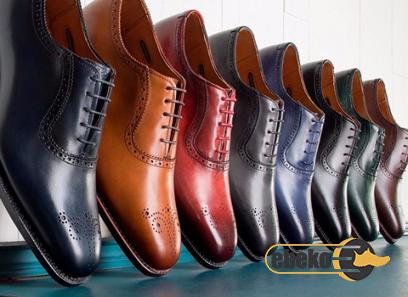 The disposal of faux leather products can also present environmental challenges, as they do not biodegrade easily. Real leather, on the other hand, is a natural material that can biodegrade over time, making it a more environmentally friendly choice in terms of end-of-life disposal. Ultimately, the choice between faux leather and real leather shoes depends on individual preferences and priorities. If quality, longevity, and a luxurious feel are essential, investing in real leather shoes might be the way to go. On the other hand, if affordability and a perceived eco-friendly alternative are paramount, faux leather shoes can offer a stylish solution. Regardless of the choice made, ethical production practices and proper care for the chosen footwear should always be considered to ensure a sustainable approach to fashion.
The disposal of faux leather products can also present environmental challenges, as they do not biodegrade easily. Real leather, on the other hand, is a natural material that can biodegrade over time, making it a more environmentally friendly choice in terms of end-of-life disposal. Ultimately, the choice between faux leather and real leather shoes depends on individual preferences and priorities. If quality, longevity, and a luxurious feel are essential, investing in real leather shoes might be the way to go. On the other hand, if affordability and a perceived eco-friendly alternative are paramount, faux leather shoes can offer a stylish solution. Regardless of the choice made, ethical production practices and proper care for the chosen footwear should always be considered to ensure a sustainable approach to fashion.


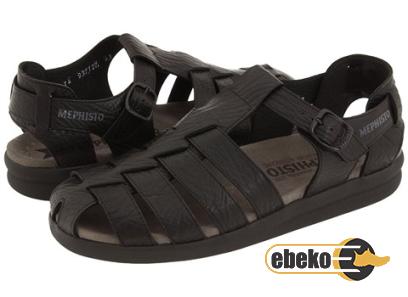
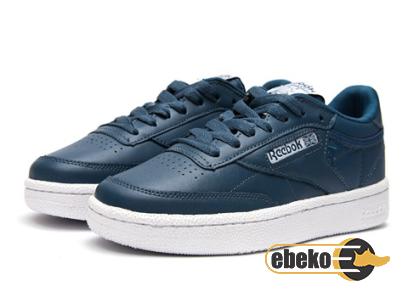
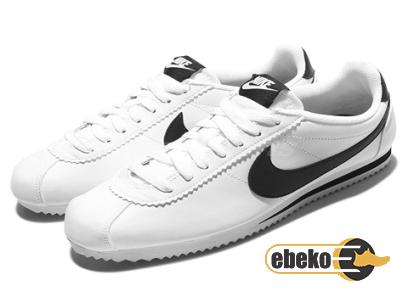

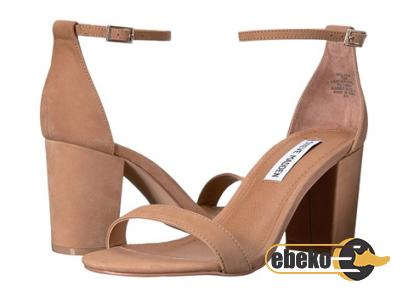
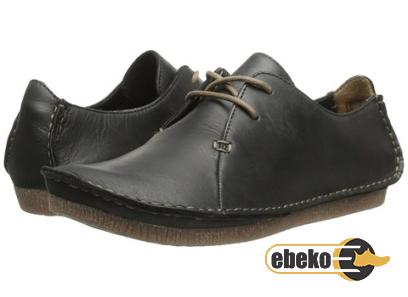
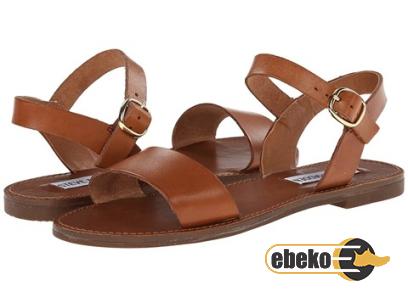
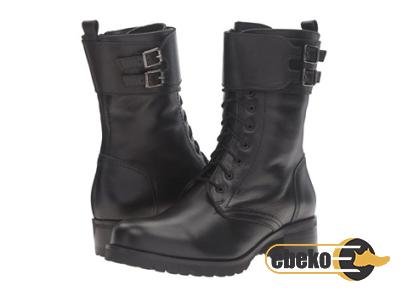
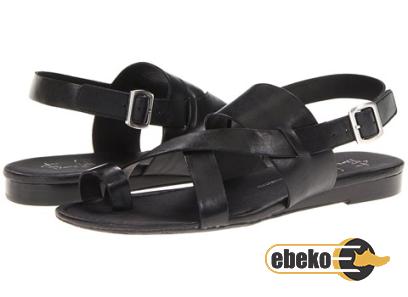
Your comment submitted.